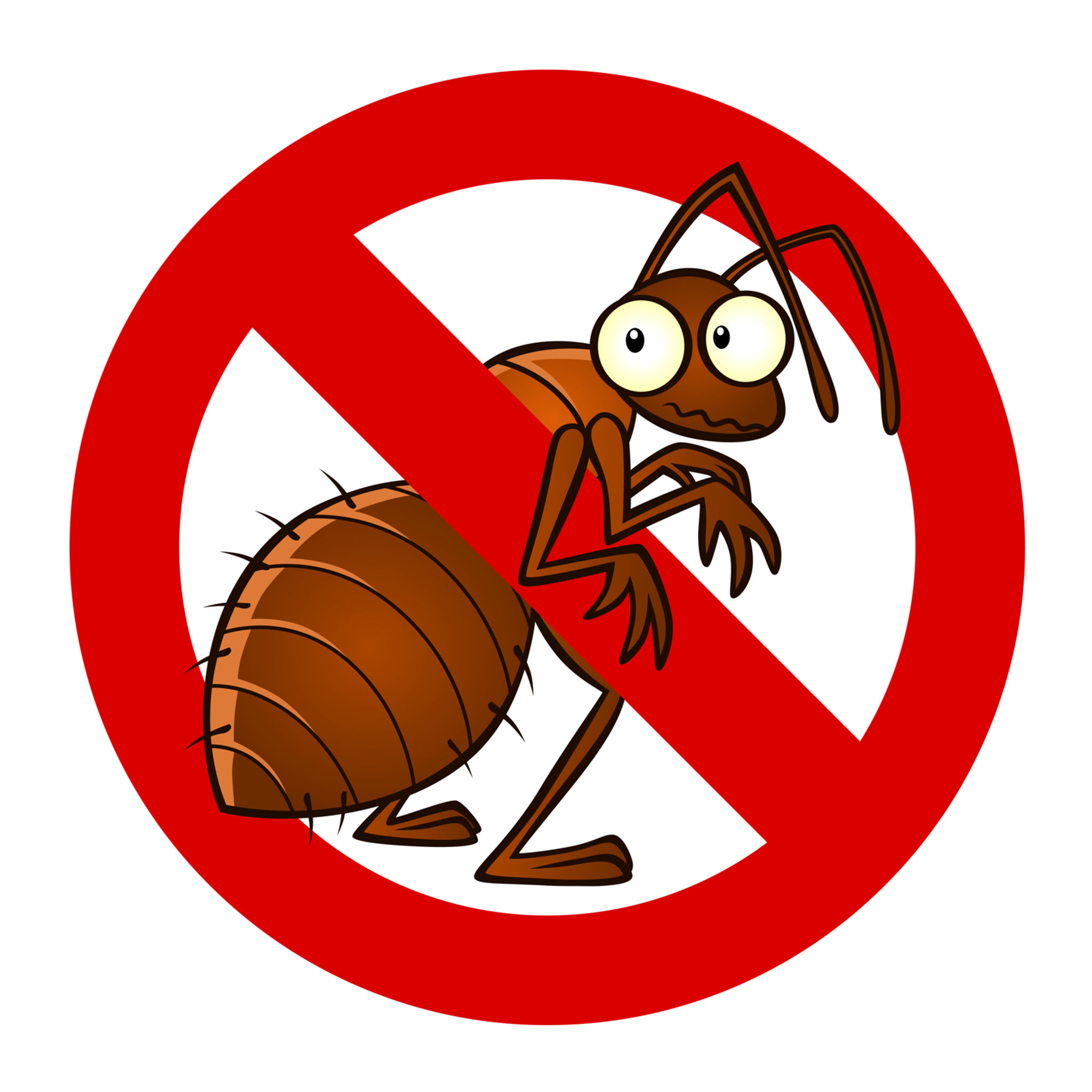Understanding the Art of Bug Control: Proven Methods for Long-Term Avoidance and Elimination
By mastering the art of parasite control through proven methods for long-term prevention and removal, one can establish a proactive protection against potential risks. Recognizing the behavior of insects, applying incorporated bug administration techniques, and utilizing all-natural solutions are simply a couple of crucial elements essential to attaining long-term success in this undertaking.
Comprehending Pest Actions
To successfully carry out bug control methods, it is crucial to understand the intricate behaviors displayed by numerous bugs in various environments. By studying these habits, bug control experts can determine the most vulnerable factors in the insect's life cycle to target treatments more properly.
Understanding this, insect control professionals can focus on securing entrance factors and getting rid of food attractants to discourage these pests. By addressing wetness issues and securing splits and gaps, invasions can be substantially lowered.
Executing Integrated Pest Administration
Implementing Integrated Parasite Monitoring entails making use of a holistic technique to deal with bug problems by incorporating numerous control techniques and methods. This method emphasizes avoidance, surveillance, and control of bugs through a combination of biological, cultural, physical, and chemical treatments. By integrating numerous techniques, Integrated Pest Monitoring (IPM) aims to minimize making use of chemicals while properly handling pest populaces.
One trick element of IPM is determining the particular parasite trouble and recognizing its actions and life process. This knowledge aids in establishing the most appropriate control procedures to carry out. Avoidance is additionally an essential concept of IPM, focusing on getting rid of variables that bring in pests, such as shelter, food, and water. Normal tracking and evaluation are vital to spot insect invasions early and avoid them from rising.
Additionally, IPM advertises the usage of eco-friendly and lasting parasite control methods to decrease harm to non-target organisms and the surrounding ecological community - a1 portland bed bug exterminator. By adopting an Integrated Bug Administration method, individuals and services can successfully take care of insects while lowering dependence on chemical pesticides
Making Use Of All-natural Treatments
Structure upon the structure of Integrated Bug Monitoring, a change towards using all-natural remedies provides an eco-friendly strategy to pest control. All-natural treatments harness the power of nature to hinder and get rid of parasites without the usage of rough chemicals that can damage the environment, human beings, and advantageous organisms.

Furthermore, growing pest-repelling plants like marigolds, lavender, and mint around yards and homes can help hinder insects naturally. These plants release odors that insects discover undesirable, driving them away without the demand for chemical intervention.
Preserving Sanitation and Hygiene

On a regular basis inspecting and cleansing hard-to-reach locations such as behind appliances, under sinks, and in storage closets is important for identifying and getting rid of prospective insect habitats. Mess needs to be minimized as parasites usually look for haven in piles of things or particles. Implementing a routine cleansing schedule and making sure all members of the family or staff members are educated on correct health practices can go a long means in parasite avoidance. By maintaining tidiness and health requirements, the setting becomes less congenial to insects, eventually supporting lasting bug control efforts.
Normal Examinations and Tracking
Regular assessments and checking play a crucial role in proactively recognizing and resolving prospective parasite problems before they rise. By conducting regular evaluations of both the exterior and interior of a residential or commercial property, bug control professionals can spot early signs of problems, parasite access points, and problems for insect task. Surveillance involves the use of traps, lures, and various other devices to track insect task degrees and varieties existing on the facilities. This information is indispensable for determining the most reliable treatment techniques and evaluating the success of bug control strategies gradually.
Consistent tracking permits the very early discovery of insect troubles, enabling speedy treatment to stop extensive invasions that can be tough and expensive to eliminate. Furthermore, regular evaluations and keeping track of assistance to adhere to regulative requirements and maintain a safe, pest-free atmosphere for passengers. Applying an aggressive approach through routine examinations and monitoring is a cornerstone of reliable parasite management, giving comfort and lasting security against bug risks.
Conclusion
To conclude, understanding the art of insect control includes understanding parasite habits, carrying out incorporated insect monitoring, utilizing all-natural treatments, maintaining tidiness and health, and carrying out normal assessments and tracking. By adhering to these tried and click here for more tested approaches for long-lasting avoidance and elimination, individuals can efficiently take care of bug infestations and develop a healthier and safer setting on their own and their environments.
To efficiently implement parasite control methods, it is vital to comprehend the intricate actions displayed by various bugs in different environments (a1 commercial pest control portland). By examining these behaviors, pest control professionals can recognize the most at risk factors in the bug's life cycle to target interventions much more efficiently
Implementing Integrated Pest Management entails making use of an all natural method to attend to parasite issues by combining different control strategies and techniques. By preserving sanitation and hygiene standards, the atmosphere comes to be less friendly to pests, inevitably supporting lasting parasite control initiatives.
By performing routine inspections of both the inside and exterior of a home, insect control professionals can find early indications of problems, bug entry points, and conditions helpful to insect task.